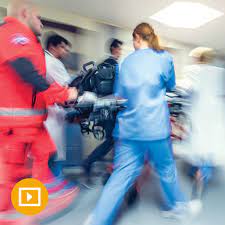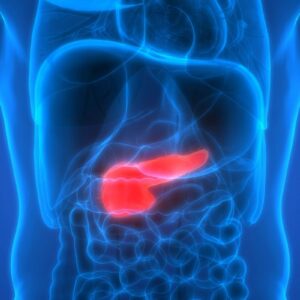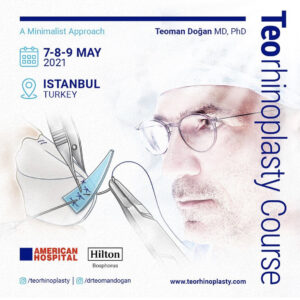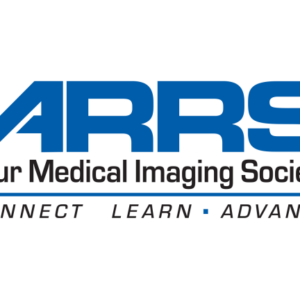In UCSF Emergency and Trauma Imaging, speakers deliver case-based lectures that highlight imaging features across the major organ systems, as well as the latest imaging techniques increasingly used in the emergency/trauma setting: standard CT, MR, and US, along with dual energy CT, quantitative diffusion imaging, and combined MR/XR imaging for acute stroke care.
This continuing medical education course — a collaborative effort between UCSF Medical Center and Zuckerberg SF General Hospital and Trauma Center — is available online so you can earn CME credits whenever, wherever. It will help you to better:
- Implement the latest imaging protocols for rapid assessment of complex acute polytrauma patients
- Distinguish between common anatomic variants, injury mimics and common thoracic vascular emergencies
- Identify key imaging features of the most common emergent brain, spine, head & neck, and abdominopelvic pathologies
- Differentiate between emergent and non-emergent indications for interventional radiology
- Use search patterns to identify frequently missed musculoskeletal trauma findings
Learning Objectives
At the conclusion of this CME activity, the participant will be able to:
- Implement the latest imaging protocols and state-of-the art techniques for rapid assessment of complex acute polytrauma patients
- Distinguish between common anatomic variants, injury mimics and common thoracic vascular emergencies including acute aortic injury and pulmonary embolism
- Recognize key imaging features and updated classification systems relevant to the most common emergent brain, spine and head & neck pathologies
- Differentiate between emergent and non-emergent indications for interventional radiology consultation, and understand the role of IR in diagnosis and treatment of common medical emergencies
- Identify the key imaging features of common abdominopelvic pathologies encountered in the emergency and trauma settings
- Utilize search patterns to identify frequently missed musculoskeletal trauma findings
Intended Audience
This course is intended for radiologists and all medical professionals who will benefit from a greater understanding of emergency and trauma imaging.
TOPICS / SPEAKERS
Acute Pelvic Pain in the Non-Gravid Female – Lori Strachowski, MD
Abdominal Trauma 1: Hemodynamic Compromise – Alexander Rybkin, MD
Abdominal Trauma 2: Solid Organ Injury – Alexander Rybkin, MD
Bowel and Mesenteric Trauma – Preethi Raghu, MD
Genitourinary Trauma – Mark Sugi, MD
Scrotal Emergencies – Shital Gandhi, MD
Imaging of Postpartum Complications – Hailey Choi, MD
Thoracic Vascular Trauma – Brian Haas, MD
Pulmonary Embolism – Kimberly Kallianos, MD
Common Misses in MSK Trauma – Kevin McGill, MD, MPH
MSK Trauma Case Review – Preeti Sukerkar, MD, PhD
Role of Dual Energy CT in Emergency Imaging – Michael Ohliger, MD, PhD
CT Technologist Perspective: Trauma Imaging – Linda Jeung, RT and Loretta Johnson, RT
Imaging Infections of the CNS – Jared Narvid, MD
Acute Stroke Diagnosis and Management – Daniel Cooke, MD
Imaging of Time-Critical Neurological Emergencies – Soonmee Cha, MD
Neuro Trauma: A Neurosurgeon’s Perspective – Phiroz Tarapore, MD
Vascular Emergencies of the Head & Neck – Andrew Callen, MD
Acute Toxic, Anoxic and Metabolic Abnormalities of the Brain – Shital Gandhi, MD
Traumatic Brain Injury – Esther Yuh, MD, PhD
Trauma Surgery Perspective: Solid Organ and Pelvic Fracture Management – Deborah Stein, MD
Role of IR in a Trauma Center – Mark Wilson, MD
Splenic Trauma and Intervention – Mark Wilson, MD
Pelvic Trauma and Intervention – Miles Conrad, MD, MPH
Biopsies and Drainages from Hell – Miles Conrad, MD, MPH
Role of Race and Bias Elements in the IR Trauma Setting – Vishal Kumar, MD
What is an IR Emergency (and What is it Not?) – Sujal Nanavati, MD
Trauma from Diagnosis to Discharge – Eugene Huo, MD
Radiology of Ballistics Injury – John Dryden, MD
Emergency Patients from the Interventional Radiology NP Perspective – Ryan Sincic, NP






